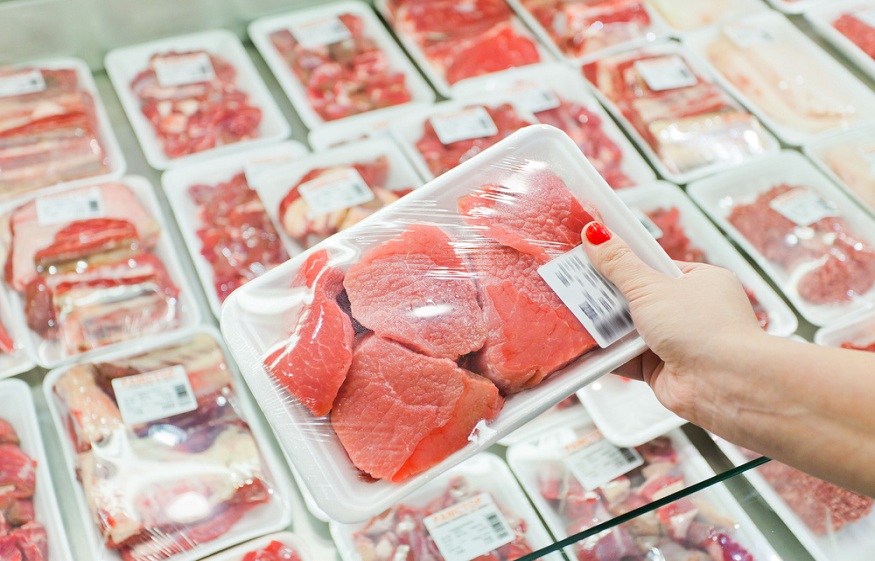With the sudden and strong push to eliminate as many single-use plastics as possible, a big target seems to be plastic food containers. Yet it seems as though we are seeking to eliminate such containers without seriously considering why we even have them. And to understand why we have them we need to know how food was packaged before plastic was a thing.
Plastic food containers exist for a reason. Actually, there are several reasons. Ditching plastic would require going back to legacy packaging or coming up with something that is just as effective as plastic but not as bad as we assume plastic must be. So far, there is no better replacement material. That leaves us returning to the way food used to be packaged.
90 Years of Plastic Packaging
For the record, one of the earliest plastics ever made was a material known as Parkesine. It was a bioplastic first introduced in the 1860s. The first commercially viable plastic food packaging material was a cellophane wrap introduced by Dow Chemical in 1933. It was followed 13 years later by Tupperware.
All of this is mentioned to illustrate the fact that we have been using plastic food packaging for nearly 90 years. We are so accustomed to plastic food packaging that many of us probably don’t truly realize how different life would be if we went back to legacy materials.
It Was All Paper and Glass
For the most part, food packaging before plastic consisted of paper and glass. One went to the butcher for freshly cut meats wrapped in paper. The local dairy delivered milk in glass bottles. Now, before you decide that the old ways do not seem so bad, consider how people shopped for groceries back then.
Today, you can buy meat in bulk and put it in the freezer. Plastic is what makes that possible. In the old days, you had to visit the butcher several times per week. You couldn’t buy several gallons of milk at a time, either. You would get glass bottles delivered on a regular schedule, bottles you had to wash out and return to the dairy.
Is a world so quick to throw out single-use plastics ready to go back to the inconvenience of daily visits to the butcher, fish market, produce market, and baker? Are we willing to buy our beverages in glass bottles and either pay a higher price or wash and return them?
Let us Fix the Recycling Problem
There is a better way to deal with single-use plastic food packaging than getting rid of it. That better way is to fix the recycling problem. Right now, recycling consumer plastics doesn’t work. But that’s not because recycling isn’t unworkable. It is because the system we designed to do it is set up to fail.
The industrial plastic recycling industry proves every day that recycling is doable. Take Seraphim Plastics out of Tennessee. The company buys industrial plastic waste in seven states, transports that waste to its processing facilities, and turns it into a recyclable material it sells to manufacturers.
Their process and business model work because they are efficient. If we really, genuinely wanted to, we could apply the exact same process to consumer recycling. Yes, it would be a lot of work. But it would allow us to keep single-use food packaging and all the benefits it offers.
Eliminating single-use food packaging is a short-sighted solution rooted in our unwillingness to change. Ironically, life will change drastically anyway if we eliminate single-use food packaging.

